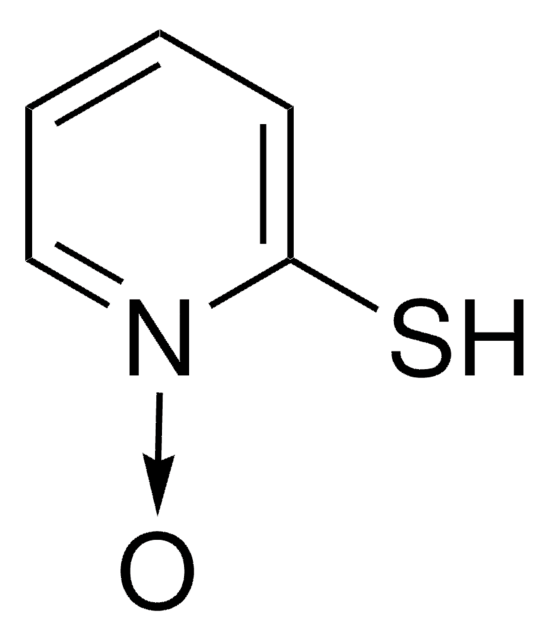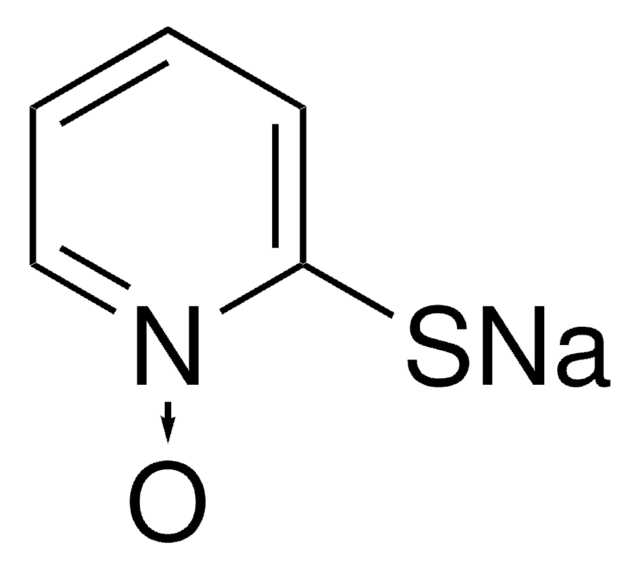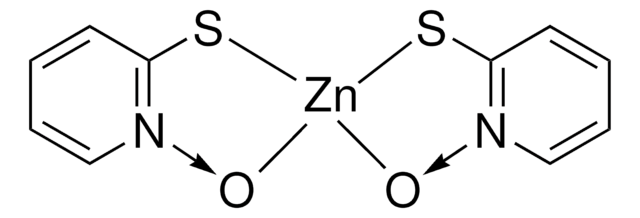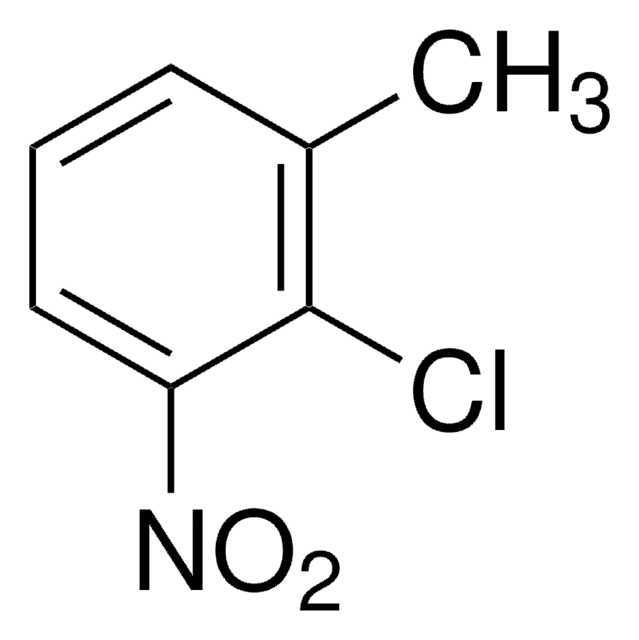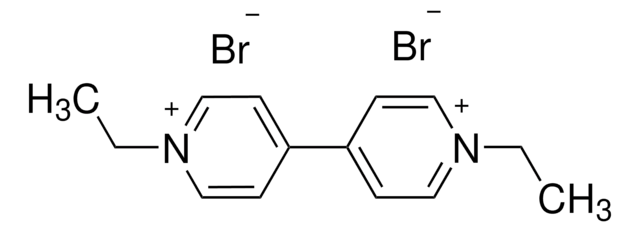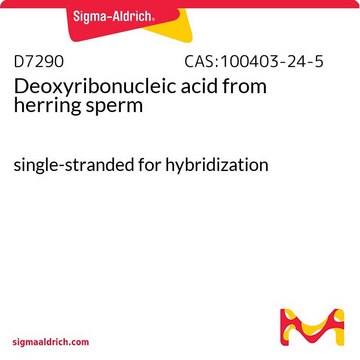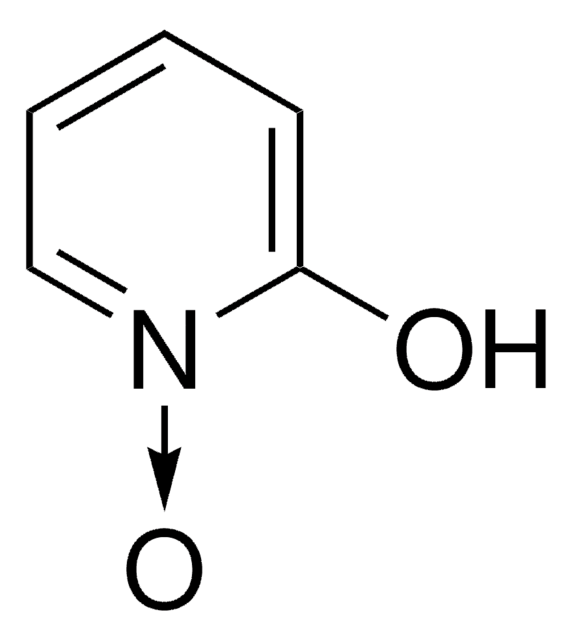Wszystkie zdjęcia(2)
Kluczowe dokumenty
About This Item
Wzór empiryczny (zapis Hilla):
C5H5NOS
Numer CAS:
Masa cząsteczkowa:
127.16
Numer MDL:
Kod UNSPSC:
12352005
NACRES:
NA.22
Polecane produkty
Próba
≥95%
Formularz
powder or crystals
temp. przechowywania
2-8°C
ciąg SMILES
[Na+].S=C1N(C=CC=C1)[O-]
InChI
1S/C5H4NOS.Na/c7-6-4-2-1-3-5(6)8;/h1-4H;/q-1;+1
Klucz InChI
XNRNJIIJLOFJEK-UHFFFAOYSA-N
Kod klasy składowania
11 - Combustible Solids
Klasa zagrożenia wodnego (WGK)
WGK 3
Temperatura zapłonu (°F)
Not applicable
Temperatura zapłonu (°C)
Not applicable
Wybierz jedną z najnowszych wersji:
Certyfikaty analizy (CoA)
Lot/Batch Number
It looks like we've run into a problem, but you can still download Certificates of Analysis from our Dokumenty section.
Proszę o kontakt, jeśli potrzebna jest pomoc Obsługa Klienta
Masz już ten produkt?
Dokumenty związane z niedawno zakupionymi produktami zostały zamieszczone w Bibliotece dokumentów.
Klienci oglądali również te produkty
Fabian Offensperger et al.
Cell chemical biology, 27(12), 1510-1520 (2020-09-24)
Genetic aberrations of the UBE3A gene encoding the E3 ubiquitin ligase E6AP underlie the development of Angelman syndrome (AS). Approximately 10% of AS individuals harbor UBE3A genes with point mutations, frequently resulting in the expression of full-length E6AP variants with
Thirayost Nimmanon et al.
Cellular and molecular life sciences : CMLS, 78(4), 1781-1798 (2020-08-17)
Zinc has been known to be essential for cell division for over 40 years but the molecular pathways involved remain elusive. Cellular zinc import across biological membranes necessitates the help of zinc transporters such as the SLC39A family of ZIP transporters.
Van Quan Do et al.
Archives of toxicology, 95(2), 541-556 (2020-10-20)
Chloromethylisothiazolinone (CMIT) and methylisothiazolinone (MIT) are biocidal preservatives and the active ingredients in Kathon CG, which contains ca. 1.5% mixture of CMIT and MIT at a ratio of 3:1 (CMIT/MIT). CMIT/MIT was misused as humidifier disinfectant products, which caused serious
Yu Han et al.
Metallomics : integrated biometal science, 12(3), 346-362 (2020-01-18)
Zinc is the second most abundant transition metal in humans and an essential nutrient required for growth and development of newborns. During lactation, mammary epithelial cells differentiate into a secretory phenotype, uptake zinc from blood circulation, and export it into
Nasz zespół naukowców ma doświadczenie we wszystkich obszarach badań, w tym w naukach przyrodniczych, materiałoznawstwie, syntezie chemicznej, chromatografii, analityce i wielu innych dziedzinach.
Skontaktuj się z zespołem ds. pomocy technicznej